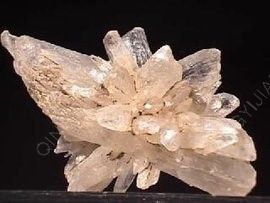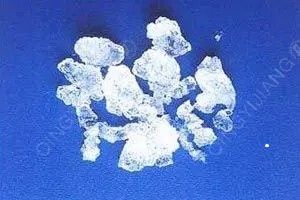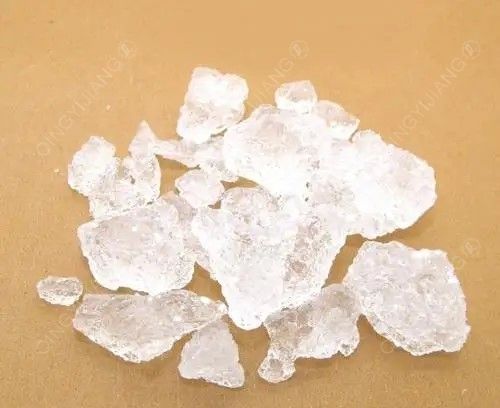Introduction of Glauberite Resources in China
QYJSSA/June 03,2022
1.Overview
Sodium sulphate is a widely distributed sulfate, and it is a crystal obtained by processing and refining glauberite. Appearance is prismatic, irregular block or granular, different in size, colorless and transparent, with vitreous luster, and melts in water. The hardness is 1.5-2. The surface is covered with a layer of white powder due to weathering. It tastes bitter and salty, and is easily soluble in water. Glauberite is a sulfate mineral deposited in a dry and cold environment. The colder the climate, the easier it is to deposit, and the greater the thickness of the deposit.

figure1 glauberite crystal group
2.Resource distribution of glauberite miners in China
Glauberite in China is widely distributed and has abundant reserves, ranking first in the world. The total resources are more than 30 billion tons, accounting for about 90% of the world’s reserves. The reserves are mainly in Sichuan, Qinghai, Inner Mongolia, Yunnan, Xinjiang , Hubei, Hunan and Jiangsu. Among them, Sichuan’s reserves rank first in the country, accounting for about 46% of the country’s total reserves.
The types of glauberite in China are divided into buried sand lake type and surface salt lake type. The former is generally buried under the sediment layer, such as the Baotou-Dalat Banner thenardite mines in Inner Mongolia, which are buried under a loose sediment layer of about 200m; the latter is suitable for open-pit mining and are simple to process. For example, Chaerhansilatu in Qinghai mines weathered thenardite. Most of the salt lakes in Inner Mongolia, Xinjiang, Gansu used to excavate thenardite directly.
Most of the glauberite mines in Sichuan are single mines, and most of them are mined by the water-soluble method. The advantages are that the continuous production capacity is large, multiple layers can be mined together, and the amount of slag discharge can be reduced. It has reliable technology, advanced technology, low project investment, safe mining, low cost, Low energy consumption and strong adaptability. Although the glauberite deposits in this area are of high grade, large scale and deep burial, most of them are underground mining, so the production cost of sodium sulphate is relatively high.

figure2 Distribution map of glauberite in China
3.Characteristics of glauberite miners in China
1) The minerals are of high grade, good quality and easy to mine
Glauberite mines in China usually contain a certain amount of anhydrous thenardite, with an average grade of 24.24%. The data in Sichuan is even higher, with a median value of 34.74%. These indicators show that the quality of glauberite ore in China is more advantageous. In addition, due to the characteristics of glauberite being easily soluble in water and easy to weather, it is relatively easy to mine glauberite, and most of the associated or symbiotic anhydrous glauberite and glauberite are also suitable for mining.

figure 3 The average grade of glauberite in China is as high as 24.24%
2)The reserves are abundant, and the resources are widely distributed and relatively concentrated
There are 14 provinces and regions in China that have the distribution of thenardite mineral resources, and the reserves are very rich. The resources are widely distributed and relatively concentrated. There are four provinces and regions of Qinghai, Sichuan, Hunan and Inner Mongolia with reserves of more than 1 billion tons of sodium sulfate. Among them, the total resources of Sichuan Province account for 90% of the country's total resources. For example, the Jinhua Mine in this are, whose reserves of sodium sulphate are over 1 billion tons.

figure 4 Glauberite in China is of high quality and easy to mine
